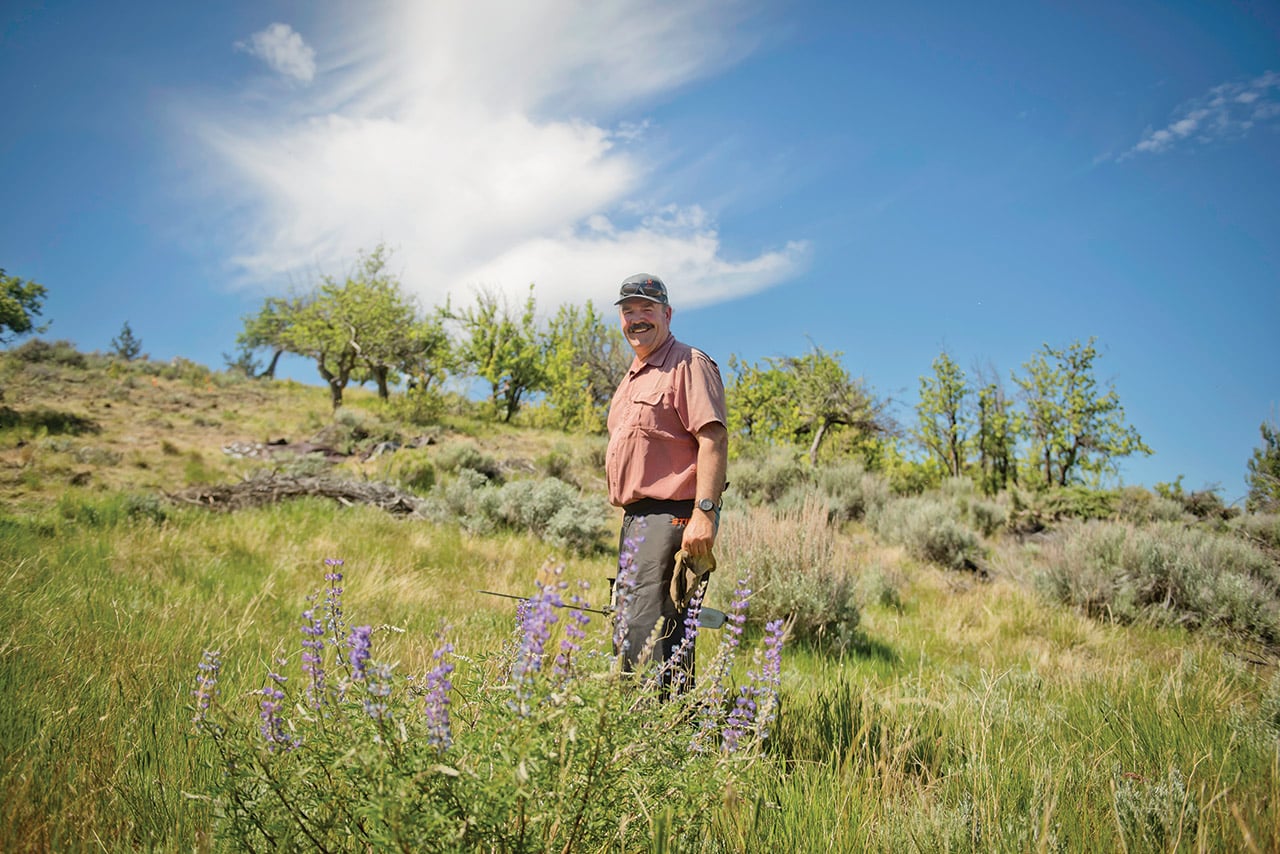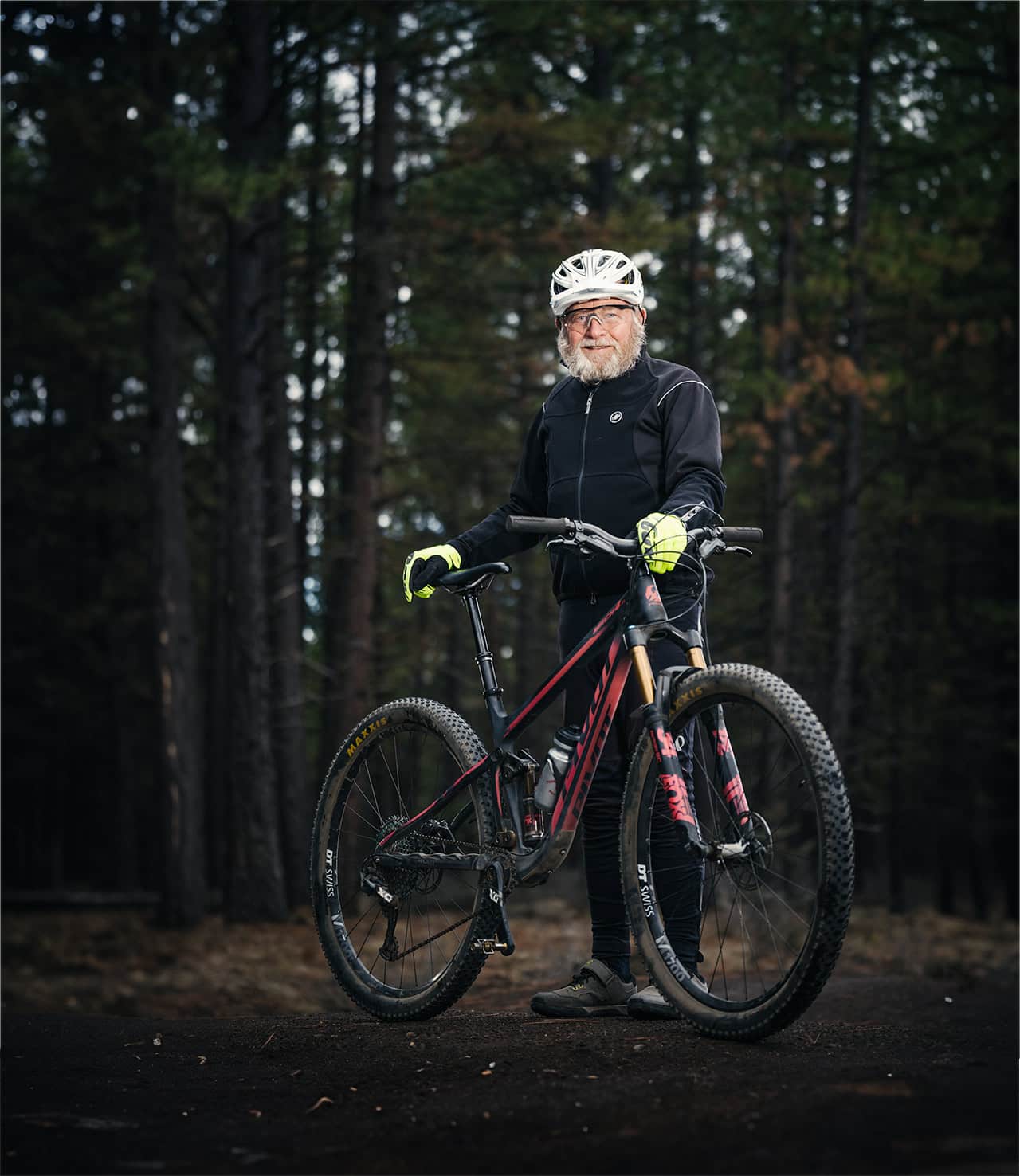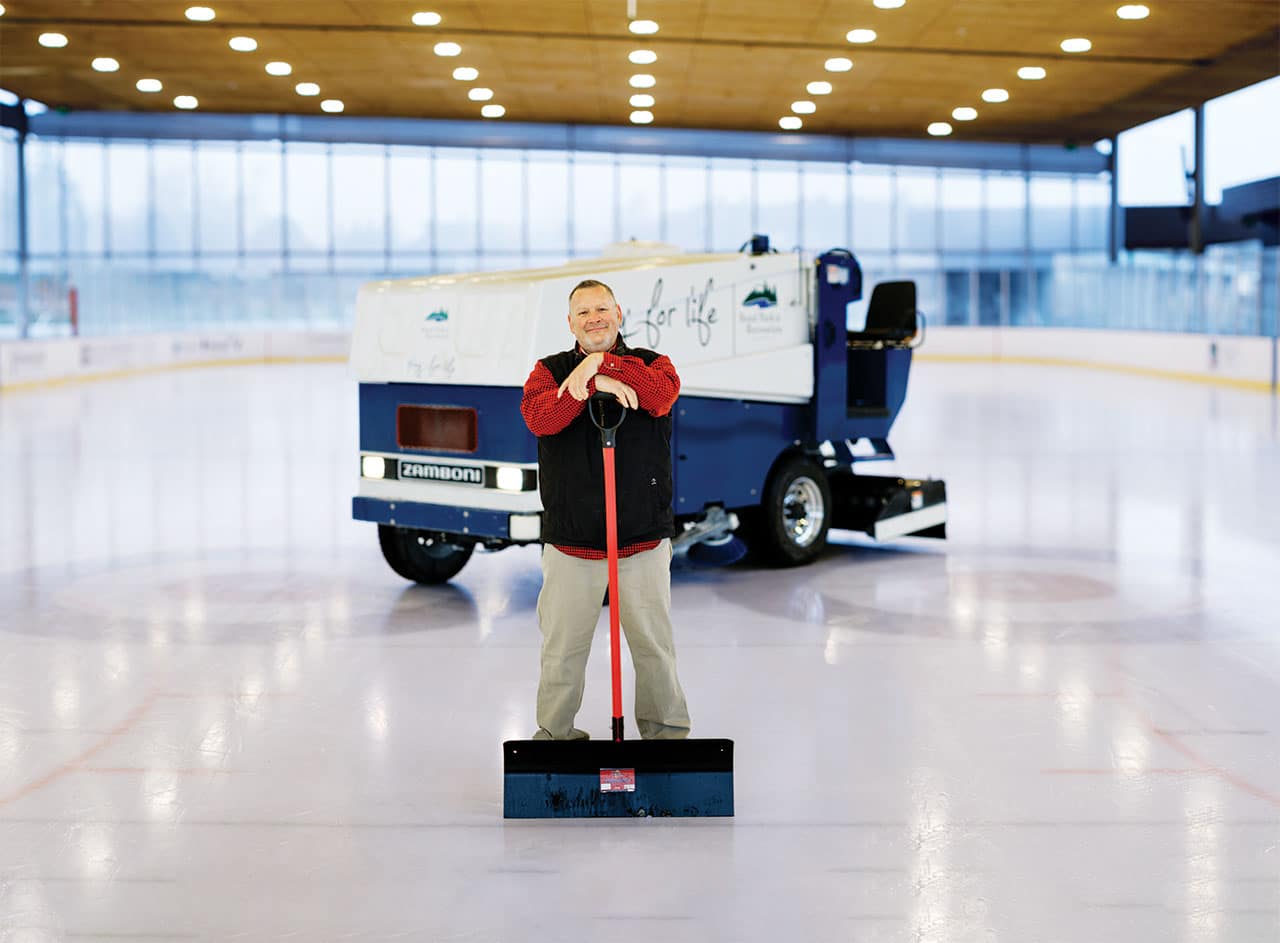Two dollars was all it took to create one of the most enduring legacies in Bend’s ski history. Paul Hosmer, the newsletter editor for Brooks-Scanlon Lumber Company, claimed the cash prize after suggesting the winning name—Skyliners. Founded in 1927, the club and its name still carry weight in the community.
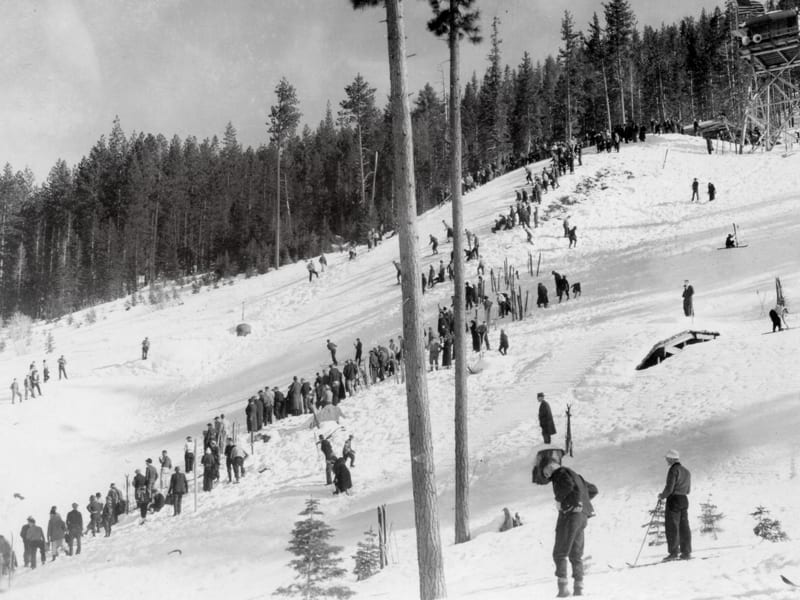
The founding of Skyliners harkens back to the late twenties. “Friluftsliv,” or outdoor living, was one of the cornerstones of Skyliners’ mission. The founders of the ski club were new arrivals to the U.S.; Norwegians Kris Kostol, Nels Skjersaa and Nils Wulfsberg, and the lone Swede, Emil Nordeen, were brought up in societies which valued the outdoor lifestyle.
The ski club grew out of a rescue mission in the Three Sisters mountain range after a devastating Labor Day snowstorm stranded two young mountain climbers in the area. The four Scandinavians joined other rescue organizations and made several high-profile climbs on the North and Middle Sister in blinding snowstorms in search of the lost youths.
During the cold nights at the Frog Lake staging area, the mountaineers retreated to campfires. They discussed how to create rescue organizations with skilled outdoor enthusiasts. Energized, Wulfsberg, Kostol, Skjersaa and Nordeen returned to Bend with an idea.
Wulfsberg was a recent Oslo University graduate, whereas his colleagues Kostol, Skjersaa and Nordeen had basic educations, albeit a lot of street smarts. As one of Wulfsberg’s friends described his impact, “He flashed through Bend like a meteorite and influenced the town.”
Beyond the rescue part of the club’s mission, Wulfsberg realized a ski club would extend the tourist season into winter and bring money into the local economy.
Eloquently (and prophetically) describing his vision, Wulfsberg said, “If Bend becomes a center for winter sports, with annual ski carnivals, with contests attracting attention over all Oregon and neighboring states, with winter resorts in the close neighborhood, it will mean that the name of Bend will be brought before large crowds on the days of contests and before tourists throughout the winter.”

It was sweet music to the members of the Bend Chamber of Commerce, and they willingly signed on to the idea.
In line with the Scandinavian tradition of using winter sports to promote healthy living, Wulfsberg continued, “Nothing is more invigorating than fresh, cold winter air—air which brings the blood into circulation, stimulating energy, courage and initiative.”
By December 1927, the club had a name. It was time to build a winter headquarters. The club decided on a spot on the Old McKenzie Pass, eight miles from Sisters, just east of the current snow gate.
The Skyliners became a force to be reckoned within the up-and-coming Pacific Northwest ski community. Nordeen won the famed Klamath race, a 42-mile cross-country race from Fort Klamath to Crater Lake and back; Skjersaa was named on the all-American cross-country ski team when the National Ski Association published its ranking for 1931; and Kostol became a sought-after ski official. Unfortunately, Wulfsberg died shortly after leaving Bend in 1928.
At the end of January 1930, Skyliners announced plans to hold a ski tournament at their McKenzie Pass headquarters, the first such event in Central Oregon. The day of the carnival, 2,000 spectators crowded the winter playground. Skyliners had held up their end of the bargain with area merchants.
But Skyliners was much more than just a ski club. It ended up being an important social gathering place for the mill workers—a place to blow off steam after a Monday through Saturday work week at the Brooks-Scanlon or Shevlin-Hixon mills. In the socially stratified Bend, Skyliners was an outlier. The club was decidedly a social leveler. Mill workers, mill officials, and Bend businessmen could be seen skiing and ski jumping together.
In the 1930s and 1940s, Skyliners athletes competed against skiing greats such as Ole Tverdahl, Henry Sotvedt and Leif Flak of the Seattle Ski Club; Hjalmar Hvam and John Elvrum of Cascade Ski Club in Portland; and Nordahl Kahldahl, Tom Mobraaten and Hermod Bakke of Leavenworth Ski Club. The Central Oregon ski club held their own against the big city athletes.
After the McKenzie Pass headquarters proved too limited for the club, the Skyliners built a new winter sports complex at Tumalo Creek, inaugurated in early 1938. It offered all the amenities needed for large competitions and featured classic Nordic skiing facilities—two large ski jumps as well as expansive cross-country trails. Adapting to changing trends, Skyliners included areas for both downhill and slalom.
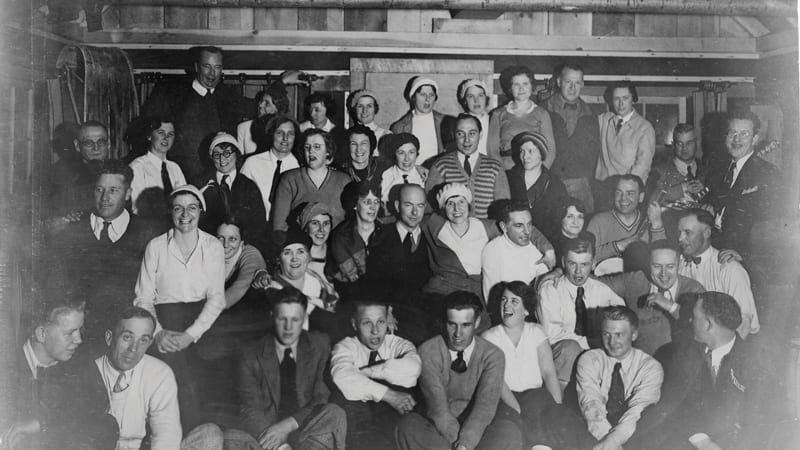
The ski club weathered the Great Depression. Ahead of its ten-year anniversary and the first competition at Skyliners’ new playground, Nordeen wrote a letter to the editor of The Bend Bulletin, published in December 1937.
“Ten years have now elapsed since the cornerstones were laid. The club often seemed on a none too solid foundation. It teetered and swayed dangerously; an impending crash often loomed in the background. But now the Skyliners playground is about to be completed.”
By then, the founding members had largely stopped racing and a new cadre of skiers and ski jumpers took their place. Olaf Skjersaa, Bert Hagen, Sam and Phil Peoples, Tom Larson, Cliff Blann and Gene Gillis carried on the tradition of Skyliners.
World War II put the ski club on hiatus when the younger generation was called into service. When Bill Healy decided to build a new ski area in 1958, the members of the Skyliners knew the best place around—Bachelor Butte, a place which we now know as Mount Bachelor. Skyliners made their final move.
Under the tutelage of Head Ski Coach Frank Cammack, the club developed a new generation of skiers. Kiki Cutter, Karen Skjersaa, Sherry Blann, Mark Ford and Mike Lafferty competed at national and international tournaments.
Skyliners finally merged with Mount Bachelor Ski Education Foundation in 1986. But the club left an indelible mark on skiing in Central Oregon. The annual Skyliners Ski Swap introduces the name to future skiers and the Great Nordeen Ski Race in early January or February, depending on the snowpack, took its name from one of the founders of the ski club.
And don’t be surprised if you meet a skier who proudly announces he or she is a former member of Skyliners. There are still plenty of them around in Bend.
Read more about Bend’s Original Ski Bums, and/or more about Frank Cammack.

